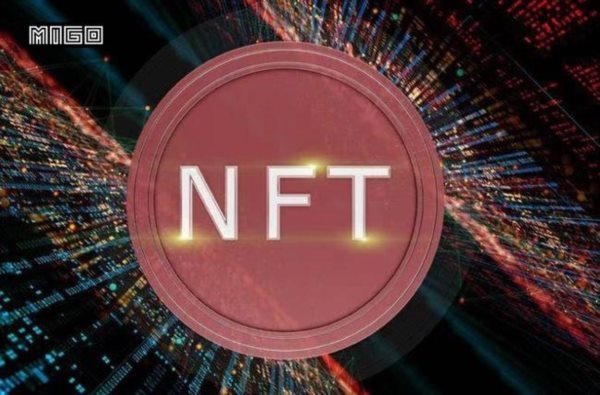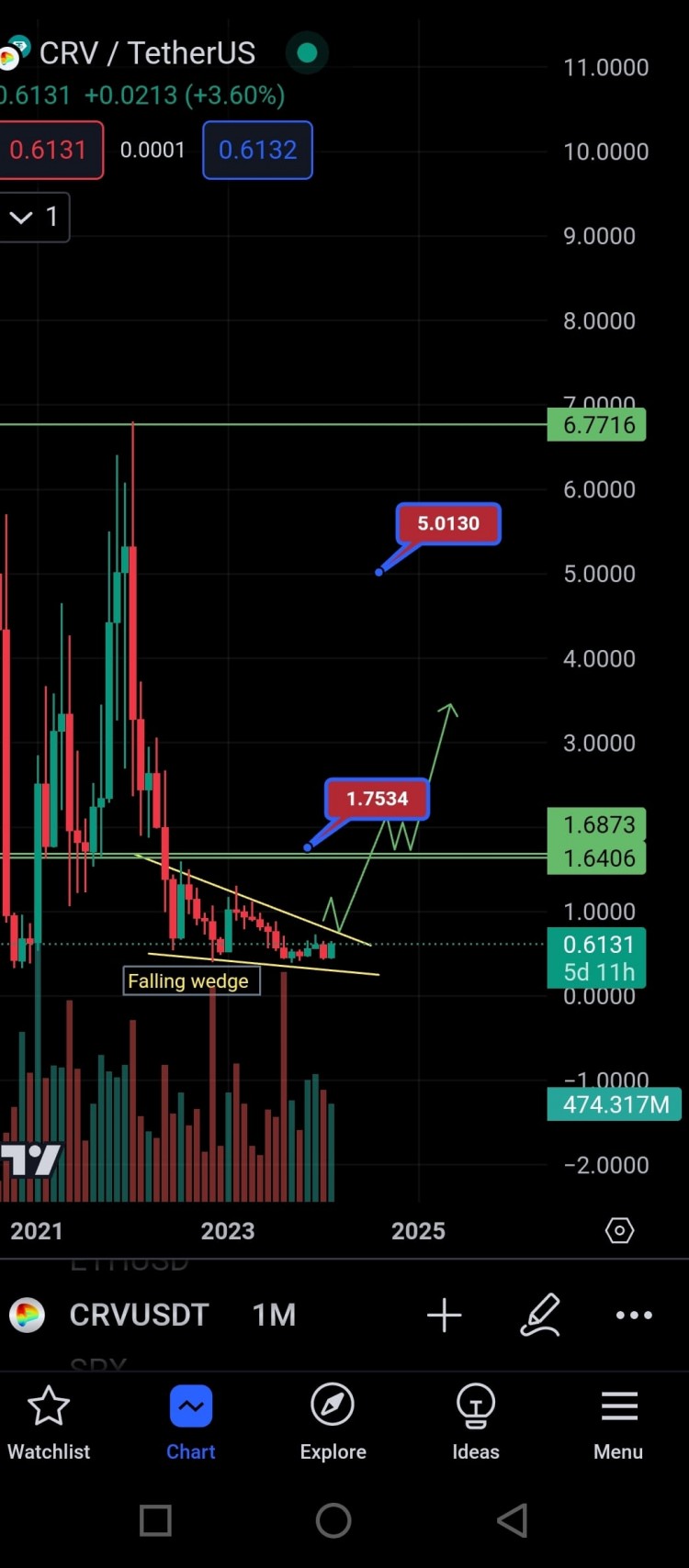時間:2023-06-19|瀏覽:339
機器之心編譯
參與:Jamin、張倩
在讀技術(shù)博客的過程中,我們會發(fā)現(xiàn)那些能夠把知識、成果講透的博主很多都會做動態(tài)圖表。他們的圖是怎么做的?難度大嗎?這篇文章就介紹了 Python 中一種簡單的動態(tài)圖表制作方法。
數(shù)據(jù)暴增的年代,數(shù)據(jù)科學(xué)家、分析師在被要求對數(shù)據(jù)有更深的理解與分析的同時,還需要將結(jié)果有效地傳遞給他人。如何讓目標聽眾更直觀地理解?當然是將數(shù)據(jù)可視化啊,而且最好是動態(tài)可視化。
本文將以線型圖、條形圖和餅圖為例,系統(tǒng)地講解如何讓你的數(shù)據(jù)圖表動起來。
這些動態(tài)圖表是用什么做的?
接觸過數(shù)據(jù)可視化的同學(xué)應(yīng)該對 Python 里的 Matplotlib 庫并不陌生。它是一個基于 Python 的開源數(shù)據(jù)繪圖包,僅需幾行代碼就可以幫助開發(fā)者生成直方圖、功率譜、條形圖、散點圖等。這個庫里有個非常實用的擴展包——FuncAnimation,可以讓我們的靜態(tài)圖表動起來。
FuncAnimation 是 Matplotlib 庫中 Animation 類的一部分,后續(xù)會展示多個示例。如果是首次接觸,你可以將這個函數(shù)簡單地理解為一個 While 循環(huán),不停地在“畫布”上
import matplotlib.animation as ani
animator = ani.FuncAnimation(fig, chartfunc, interval=100)
從中我們可以看到 FuncAnimation 的幾個輸入:
fig 是用來「繪制圖表」的 figure 對象;
chartfunc 是一個以數(shù)字為輸入的函數(shù),其含義為時間序列上的時間;
interval 這個更好理解,是幀之間的間隔延遲,以毫秒為單位,默認值為 200。
這是三個關(guān)鍵輸入,當然還有更多可選輸入,感興趣的讀者可查看原文檔,這里不再贅述。
下一步要做的就是將數(shù)據(jù)圖表參數(shù)化,從而轉(zhuǎn)換為一個函數(shù),然后將該函數(shù)時間序列中的點設(shè)置完成后就可以正式開始了。
在開始之前依舊需要確認你是否對基本的數(shù)據(jù)可視化有所了解。也就是說,我們先要將數(shù)據(jù)進行可視化處理,再進行動態(tài)處理。
按照以下代碼進行基本調(diào)用。另外,這里將采用大型流行病的傳播數(shù)據(jù)作為案例數(shù)據(jù)(包括每天的死亡人數(shù))。
import matplotlib.animation as ani import matplotlib.pyplot as plt import numpy as np import pandas as pd
url = "https://raw.githubusercontent.com/CSSEGISandData/COVID-19/master/csse_covid_19_data/csse_covid_19_time_series/time_series_covid19_deaths_global.csv" df = pd.read_csv(url, delimiter=",", header="infer") df_interest = df.loc[ df["Country/Region"].isin(["United Kingdom", "US", "Italy", "Germany"]) & df["Province/State"].isna() ] df_interest.rename(index=lambda x: df_interest.at[x, "Country/Region"], inplace=True) df1 = df_interest.transpose() df1 = df1.drop(["Province/State", "Country/Region", "Lat", "Long"]) df1 = df1.loc[(df1 != 0).any(1)] df1.index = pd.to_datetime(df1.index)
繪制三種常見動態(tài)圖表
繪制動態(tài)線型圖
如下所示,首先需要做的第一件事是定義圖的各項,這些基礎(chǔ)項設(shè)定之后就會保持不變。它們包括:創(chuàng)建 figure 對象,x 標和 y 標,設(shè)置線條顏色和 figure 邊距等:
import numpy as np import matplotlib.pyplot as plt
color = ["red", "green", "blue", "orange"] fig=plt.figure plt.xticks(rotation=45, ha="right", rotation_mode="anchor") # rotate the x-axis values plt.subplots_adjust(bottom=0.2, top=0.9) # ensuring the dates (on the x-axis) fit in the screen plt.ylabel("No of Deaths") plt.xlabel("Dates")
接下來設(shè)置 curve 函數(shù),進而使用 .FuncAnimation 讓它動起來:
def buildmebarchart(i=int): plt.legend(df1.columns) p=plt.plot(df1[:i].index,df1[:i].values) # note it only returns the dataset, upto the point i for i in range(0, 4): p[i].set_color(color[i]) # set the colour of each curve
import matplotlib.animation as ani animator = ani.FuncAnimation(fig, buildmebarchart, interval=100) plt.show
動態(tài)餅狀圖
可以觀察到,其代碼結(jié)構(gòu)看起來與線型圖并無太大差異,但依舊有細小的差別。
import numpy as np import matplotlib.pyplot as plt
fig, ax = plt.subplots() explode = [0.01, 0.01, 0.01, 0.01] # pop out each slice from the pie
def getmepie(i): def absolute_value(val): # turn % back to a number a = np.round(val/100.*df1.head(i).max().sum(), 0) return int(a) ax.clear plot = df1.head(i).max().plot.pie(y=df1.columns, autopct=absolute_value, label="", explode=explode, shadow=True) plot.set_title("Total Number of Deaths " + str(df1.index[min(i, len(df1.index)-1)].strftime("%y-%m-%d")), fontsize=12)
import matplotlib.animation as ani animator = ani.FuncAnimation(fig, getmepie, interval=200) plt.show
主要區(qū)別在于,動態(tài)餅狀圖的代碼每次循環(huán)都會返回一組數(shù)值,但在線型圖中返回的是我們所在點之前的整個時間序列。返回時間序列通過 df1.head(i) 來實現(xiàn),而 .max 則保證了我們僅獲得最新的數(shù)據(jù),因為流行病導(dǎo)致死亡的總數(shù)只有兩種變化:維持現(xiàn)有數(shù)量或持續(xù)上升。
df1.head(i).max
動態(tài)條形圖
創(chuàng)建動態(tài)條形圖的難度與上述兩個案例并無太大差別。在這個案例中,作者定義了水平和垂直兩種條形圖,讀者可以根據(jù)自己的實
熱點:數(shù)據(jù)









